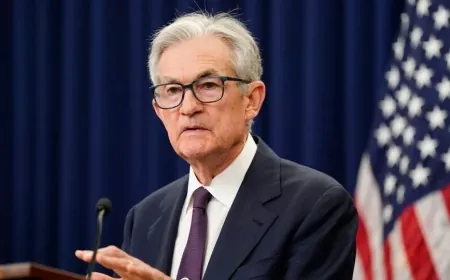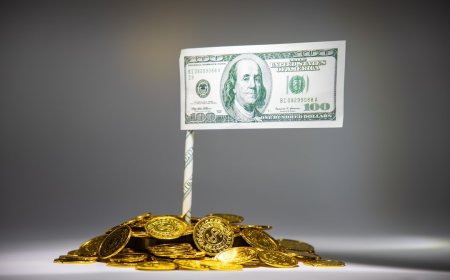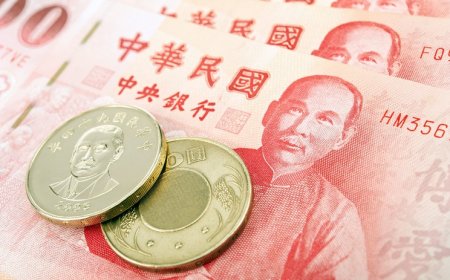Forex Dollar Surges as Yen Hits 34-Year Low Ahead of US Inflation Data
Japanese Currency Plummets Amidst Economic Speculations

In recent trading, the dollar has witnessed a significant surge, driven by robust economic data from the United States. This surge has cast doubts on the possibility of interest rate cuts, causing the Japanese yen to plummet to its lowest level in over three decades.
During the Asian trading session, the yen briefly dropped to 151.97 per dollar, marking a 0.2% decline and reaching its weakest point since the mid-1990s. This decline has prompted memories of Japan's intervention in the foreign exchange market back in 2022, when authorities stepped in at the 151.94 mark.
Despite Japan's recent exit from negative interest rates, the yen remains the poorest-performing major currency, having fallen by over 7% against the dollar. Analysts are closely monitoring the situation, particularly emphasizing the significance of the 152 level, which may trigger intervention measures if breached.
Naoki Tamura, a board member of the Bank of Japan, reiterated the reasons behind traders' decision to sell off the yen. He emphasized a policy favoring gradual normalization, which would keep Japanese rates lower than those of global counterparts.
Meanwhile, the dollar is poised for quarterly gains, with expectations for interest rate cuts diminishing. This optimism is fueled by strong economic indicators and reluctance from central banks to implement rate cuts.
Elsewhere in the market, both China's yuan and New Zealand dollar are hovering near four-month lows. Despite adjustments to its trading band, the yuan weakened to 7.2285 per dollar, while New Zealand's currency dipped to $0.5988 following downward revisions in economic growth forecasts.
Investors are eagerly awaiting US core inflation figures, with recent upticks in durable goods orders providing preliminary support for the dollar. Lingering concerns about potential Federal Reserve easing and Australian inflation data maintaining market bets on rate cuts are putting pressure on the Aussie.
The euro remains relatively stable at $1.0829, while the Swiss franc, impacted by a surprise rate cut, hit a four-month low against the dollar at 0.9042.
Sterling, however, holds steady at $1.2618. Bank of England policymaker Catherine Mann highlighted consumer cautiousness, influencing her decision for a rate hold over a hike. Despite this, Mann believes financial markets are overly pessimistic about potential rate cuts.
Also Read: Expert Recommends Adding Bitcoin to Investment Portfolios




























































